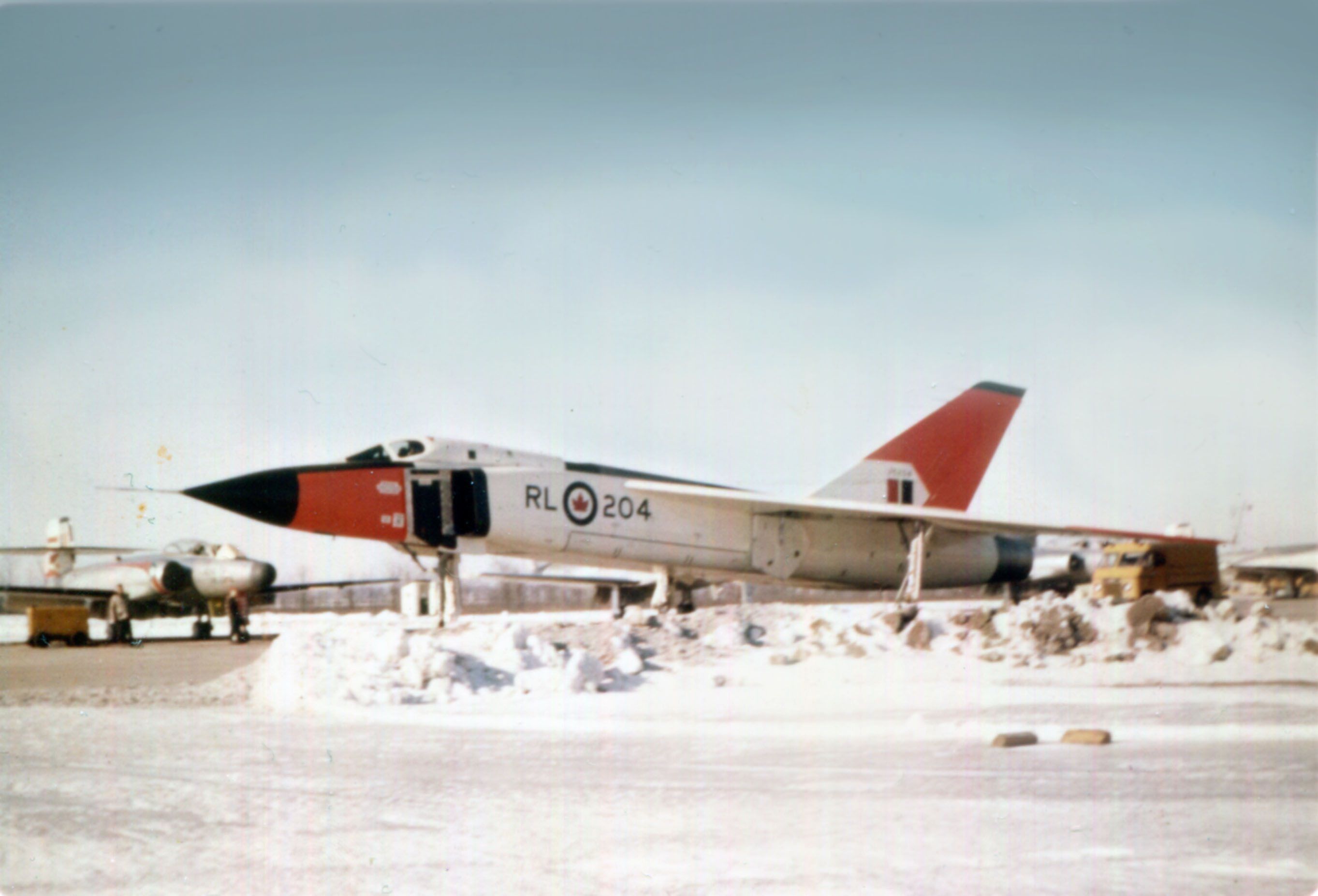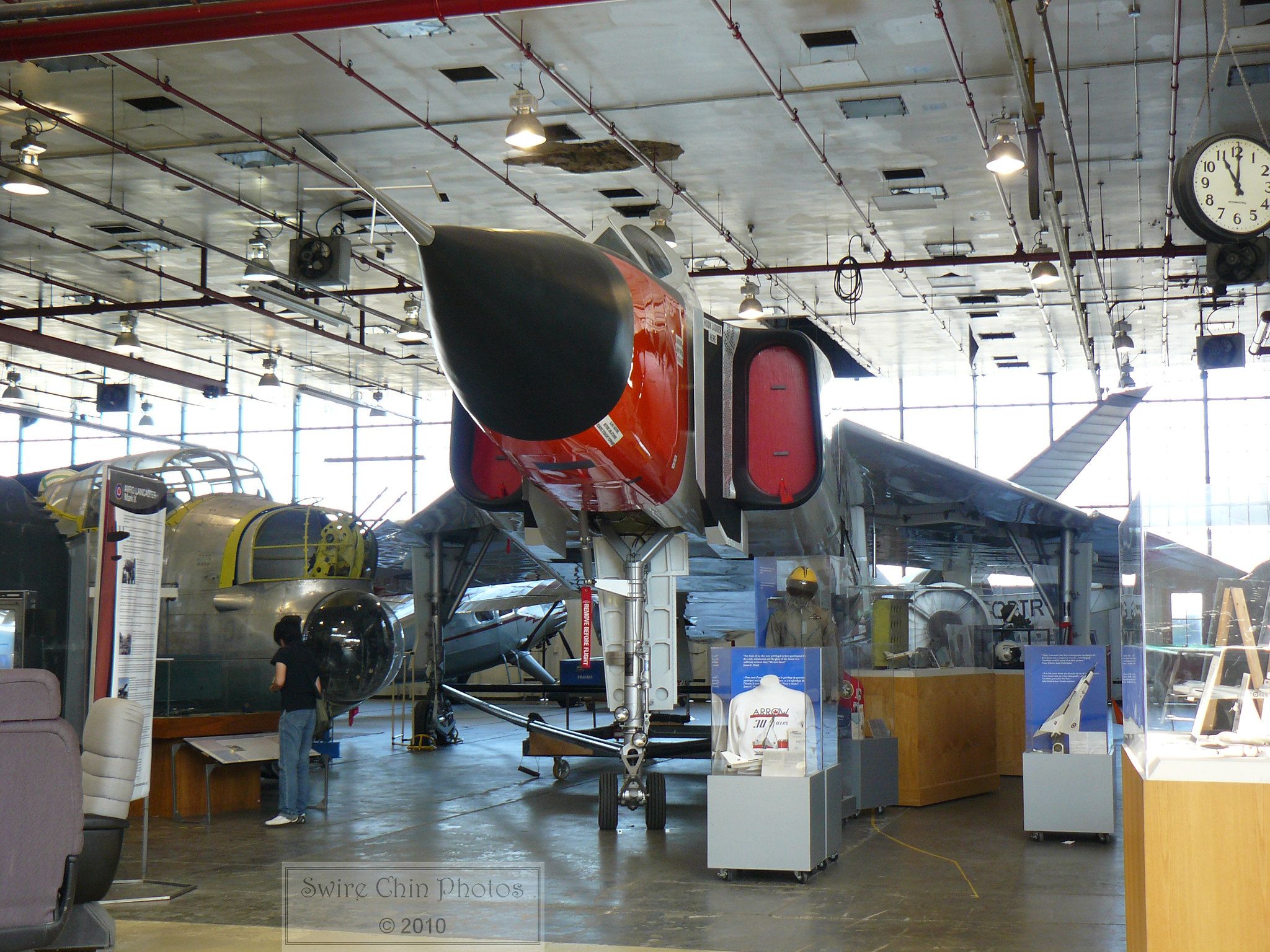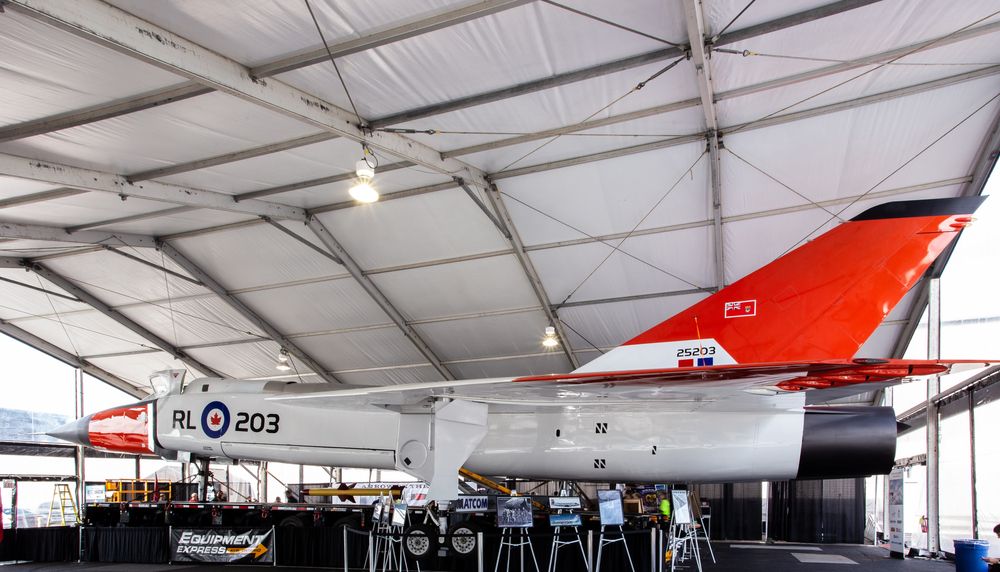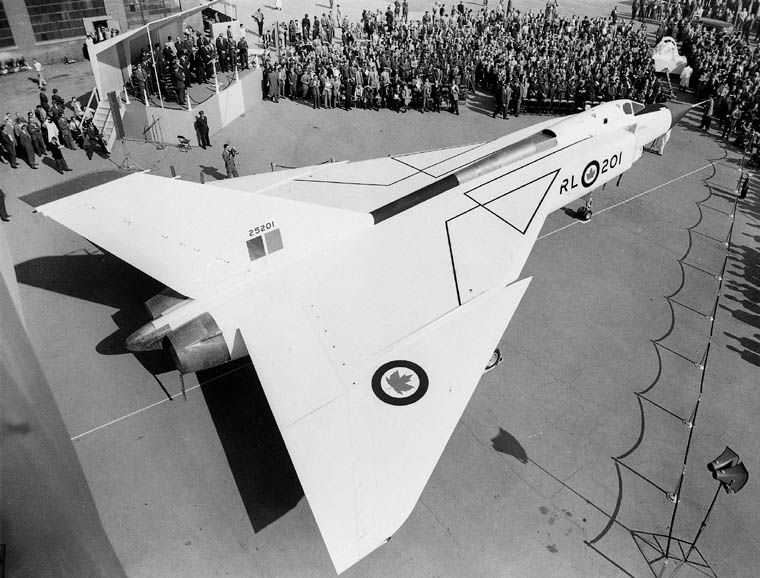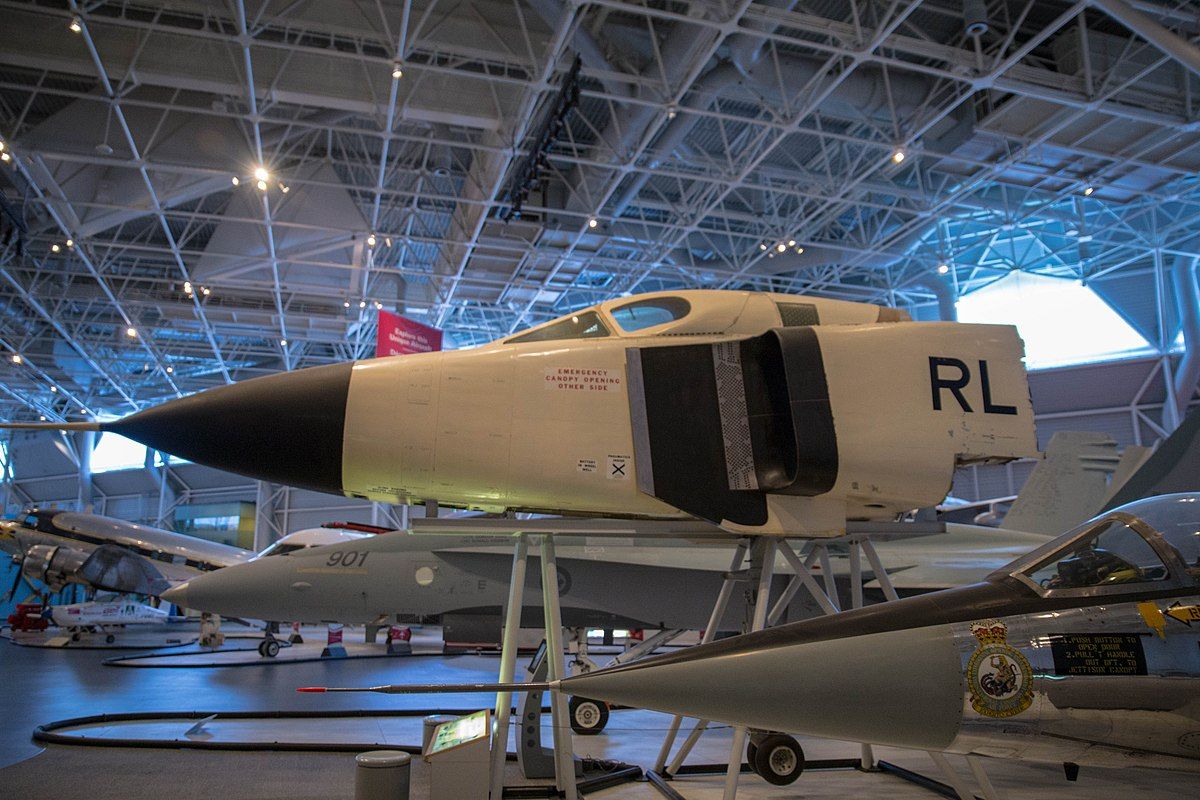Developing fighter jets
is hard and is a feat only a few countries succeed in (
Israel also failed with its IAI Lavi fighter
). Canada attempted to produce the Avro
Arrow CF-105 supersonic interceptor in the 1950s for the Canadian Air Force. But while the design showed promise, it was canceled by the Canadian government in 1959. Had it been developed, it was planned to be Canada’s primary interceptor, and many thought it heralded a bright future for the Canadian aviation industry.
1
One of the most advanced aircraft
The Avro Arrow was somewhat comparable to the Convair F-106 Delta Dart
|
Speed: |
Mach 2 |
|---|---|
|
Altitude: |
50,000 feet |
|
Role: |
Interceptor |
The Avro Arrow was regarded as one of the most advanced aircraft of its era. It was designed to counter the growing threat of Soviet nuclear bombers by only over the Arctic with nuclear payloads and was hoped to make Canada a world leader in military aviation and engineering.
While many claimed the Arrow was a testament to Canada’s aerospace industry, others asserted it was extravagant and stood little chance of competing with impending innovations (like the American F-4 Phantom II). It was one of the first aircraft of the time to have been designed and built specifically for supersonic flight and would have been able to reach speeds of over Mach 2.
2
Cancelation known as Black Friday
Arrow was canceled on 20 February 1959
|
Developed: |
1957-1959 |
|---|---|
|
First flew: |
25 March 1958 |
|
Canceled: |
20 February 1959 |
The Arrow was canceled less than a year after its first flight (it first flew on 25 March 1958). The hammer came down on the project on 20 February 1959 long before the aircraft could enter military service. The Canadian Diefenbaker-lead government made the shocking decision to cancel the project with immediate and far-reaching results.
The cancelation had a massive impact on the Canadian aerospace industry, with 14,000 people (many of them highly skilled workers) losing their jobs. Job losses grew to as much as 25,000 by the time Avro dissolved in 1962. The day became known as Black Friday. Years later, the Canadian industry would try again to produce a world-leading, this time the Bombardier CSeries. While Bombardier succeeded, it was
forced to sell it to Airbus (as the A220) and has since left the commercial aviation sector
.
3
Lost legacy
The 1950s CF-100 Canuck is the only mass-produced Canadian fighter
|
Canadian aviation industry jobs: |
218,000 jobs in 2023 |
|---|---|
|
Example Canadian aviation companies: |
Bombardier, CAE, Magellan Aerospace, MDA, MHI, Pratt & Whitney Canada |
|
Previous Canadian fighter jet: |
Avro Canada CF-100 Canuck |
The project’s cancellation and the loss of jobs meant that many workers sought employment elsewhere (including in the United States). This had a detrimental impact on Canada’s aviation industry. While Canada’s aviation sector remains large, it is unable to produce fighter jets—the Canadian Air Force currently operates US-designed F/A-18 Hornets and is purchasing American F-35 fighters.
Photo: sockagphoto l Shutterstock
During World War II, Canada had a large and impressive aviation industry. Post-war, it emerged with the world’s fourth-largest air force and developed the Avro Canada CF-100 Canuck – a twinjet interceptor/fighter designed and built by Avro Canada. However, that was the only Canadian-designed fighter jet to enter mass production.
4
Prototypes cut up
The five Avro Arrows were destroyed
|
Number of prototypes: |
5 |
|---|---|
|
Prototype fate: |
Cut up and destroyed |
|
On display: |
Nose at Canada Aviation and Space Museum |
Many US failed aircraft that reached the prototype stage, from the North American Aviation XB-70 Valkyrie to the Boeing X-32, have been preserved and are on display today. However, the same was tragically not true of the Arrow. Within a couple of months, all five Arrow prototypes had been cut apart with blowtorches.
Not only had the prototypes been destroyed, but so too were the blueprints, models, designs, and machines used to make the aircraft. An attempt was made to spare a prototype and give it to the National Research Council of Canada for use as a high-speed test aircraft, but this didn’t happen. The reason given for the destruction was the fear that designs could fall into Soviet hands. Apart from some surviving sections, only mockups exist on display today.
5
Dead on arrival
Strategic thinking in 1959 thought the Arrow was outdated
|
Powerplant: |
2 × Pratt & Whitney J75-P-3 afterburning turbojet engines |
|---|---|
|
Max speed attained in tests: |
Mach 1.9 |
|
Prototypes completed: |
RL-201, RL-202, RL-203, RL-204, RL-205, RL-206 |
CNN notes that by the time the aircraft was flying, strategic thinking had already shifted, and the prevailing thought had become that interceptors and bombers no longer played a dominant role in the face of long-range nuclear missiles. CNN states, “The plane had lost relevance, and the ballooning costs of the project and the changing political climate did the rest.”
Similar reasoning also doomed the North American Aviation XB-70 Valkyrie strategic bomber
.
The Avro Arrow had a crew of 2 and a wingspan of 50 feet. Its empty weight was 49,040 lbs, and its max takeoff weight was 68,605 lbs. It was powered by two Pratt & Whitney J75-P-3 after-burning turbojet engines (with 16,500 lbs of thrust each). It would have had a combat range of 410 miles.


